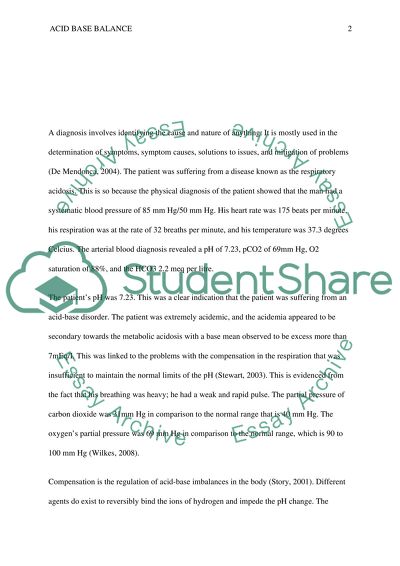Cite this document
(“Acid base balance Essay Example | Topics and Well Written Essays - 1000 words”, n.d.)
Acid base balance Essay Example | Topics and Well Written Essays - 1000 words. Retrieved from https://studentshare.org/biology/1465184-acid-base-balance-case-study
Acid base balance Essay Example | Topics and Well Written Essays - 1000 words. Retrieved from https://studentshare.org/biology/1465184-acid-base-balance-case-study
(Acid Base Balance Essay Example | Topics and Well Written Essays - 1000 Words)
Acid Base Balance Essay Example | Topics and Well Written Essays - 1000 Words. https://studentshare.org/biology/1465184-acid-base-balance-case-study.
Acid Base Balance Essay Example | Topics and Well Written Essays - 1000 Words. https://studentshare.org/biology/1465184-acid-base-balance-case-study.
“Acid Base Balance Essay Example | Topics and Well Written Essays - 1000 Words”, n.d. https://studentshare.org/biology/1465184-acid-base-balance-case-study.


